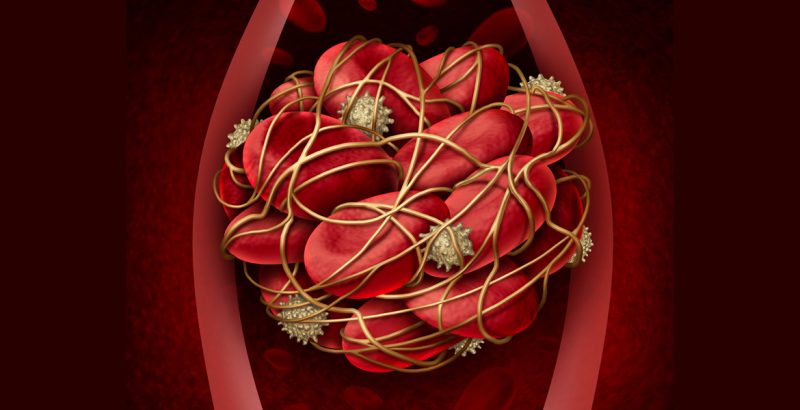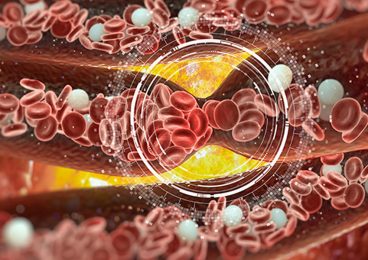Deep Vein Thrombosis (DVT)
Deep venous thrombosis (DVT) is another way of saying “blood clots in a major vein”.
Most commonly, the clots are in an extremity and cause swelling in either the arm or leg. In some patients, the clots may be in more than one vein, but the hallmark of DVT is a swollen arm or leg on either the left or right side.
Symptoms
- Pain worsens when walking
- Swelling
- Tenderness
- Warming sensation
- Skin turns blue or red
- Symptoms not always present
Tests
Duplex Ultrasound
Duplex ultrasound uses high-frequency waves higher than human hearing can detect. Duplex ultrasound allows your physician to measure the speed of blood flow and to see the structure of your veins and sometimes the clots themselves.
Venogram
A venogram is an x ray that allows your physician to see the anatomy of your veins and sometimes the clots within them. During this test, your physician injects a dye that makes you veins appear on x ray.
Testing can be done in the PVA Vascular Lab.
Treatment
Treatment for DVT should begin immediately. For instance, the goals of DVT treatment are to relieve the swelling and to prevent the clots from traveling to the heart and lungs. Reducing the formation of blood clots by medication is a mainstay of treatment. Actively removing the clots using catheter directed dissolving techniques can dramatically reduce the long term and short term consequences of DVT. Elastic compression stockings may also be used to reduce swelling and prevent blood from pooling in your veins and legs
At PVA, we offer accurate diagnostic testing for DVT and same day treatment.










